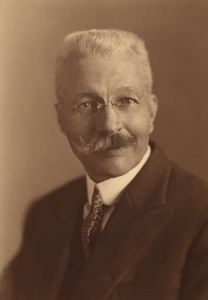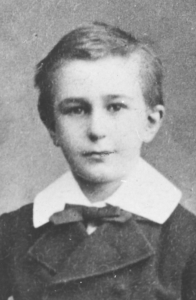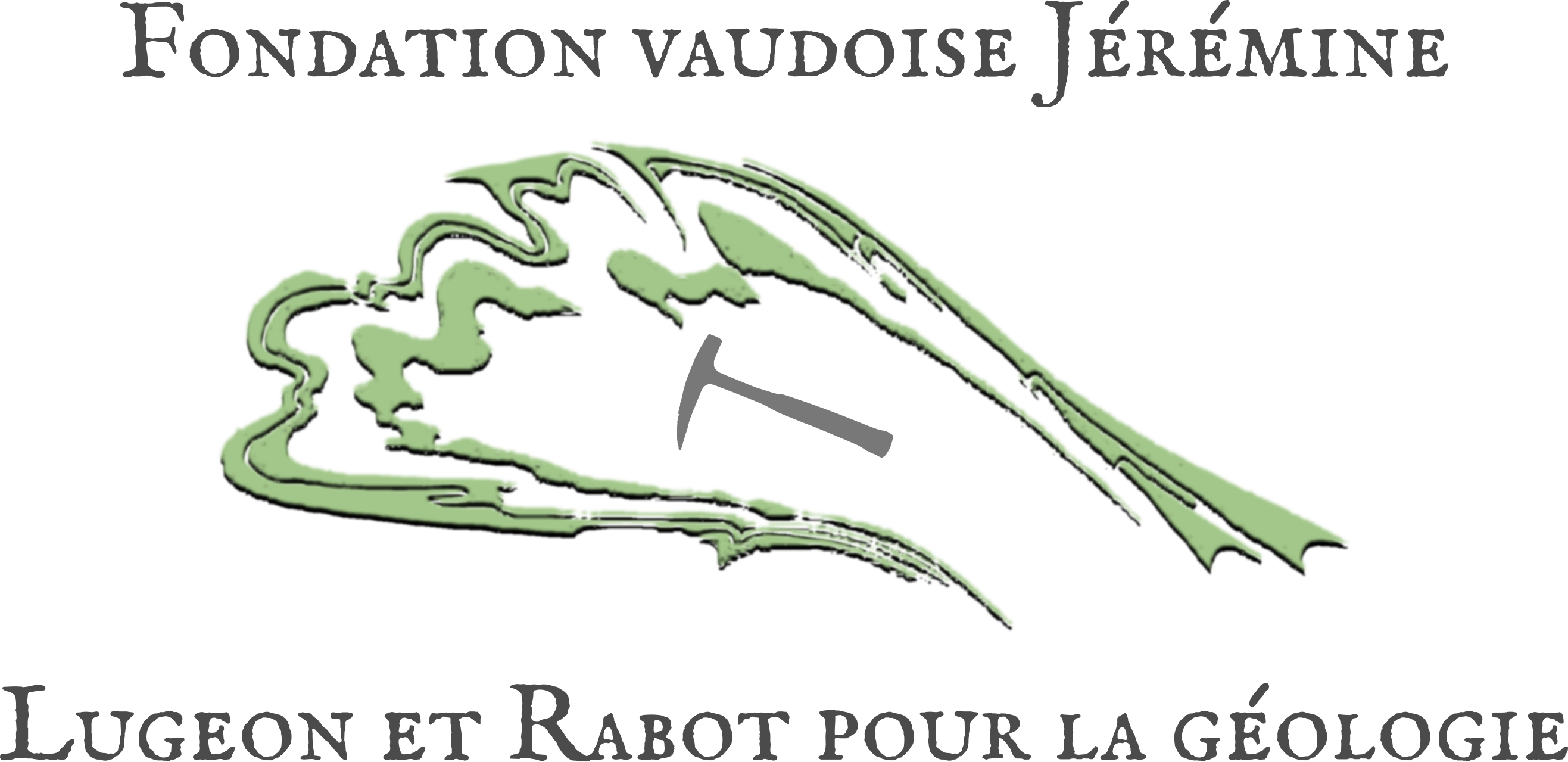The love of rocks, earth and nature combined with a certain amount of epicureanism gives geologists a sometimes... original vision. You will discover here anecdotes and historical accounts sometimes funny and interesting but also sometimes ideologically questionable. We apologize in advance.
In this story, Maurice Lugeon describes not only his culinary recipe but also the context of a successful fondue.
Maurice Lugeon had to replace the Rector of the University at short notice to give a speech at the International Congress of Vine and Wine. Despite little preparation, he was moving and wise.
During a trip to the Scottish Highlands, Maurice Lugeon sings a few verses about the Moine Thrust, a famous geological formation in the region. On his way back, and under the influence of some friends, he starts composing a song in honor of the famous thrust.
This anthology is a truculent collection of the activities of the Cellulards, mainly relating their geological excursions. It does not contain any scientific description but is full of adventures with often caricatural illustrations, eccentric songs, poetic secretions, wisps of smoke, wormwood scents, flatulent effluvia and problems of incipient hairiness.

This manuscript, written mainly between 1888 and 1897, with some additions until 1944, describes the creation and activities of the association "Cellule géologique" founded by Protoplasmthe Core and the MembraneThéophile Rittener, Paul Jaccard and Maurice Lugeon respectively. These three characters succeeded each other as preparators at the Museum of Geology of Lausanne under the direction of Eugène Renevier (mentioned in the Marteau under Modestin) . There they developed a strong friendship that led to the creation of the Geological Cell. Thereafter, each of them realized a rich career in the field of natural sciences.
The Hammer, journal of the Cellula Geologica
Théophile Rittener (1857-1924), born in Chateau d'Œx, studied at the École normale while working as a preparator at the Museum. In 1886, he became professor of science at the Collège de Ste-Croix where his teachings were highly appreciated until his retirement in 1922. At the same time, he carried out numerous geological surveys, including an impressive geological study of the St. Croix area (1902). His talent was mainly expressed through his pen, either by drawing or by writing. In the Marteau, he is the author of most of the illustrations which vary from sometimes psychedelic caricatures to beautiful panoramas.

In 1896, he even received a medal at the national exhibition in Geneva for one of his panoramas. Freethinking writer, under the pseudonyms of Phosphile, Amicus Plato or Jean Laboris, he published many articles in various newspapers where he stigmatized social and religious hypocrisy in prose or poems. A part of his writings were gathered in a volume entitled "Les Dogmes immoraux" published in 1900.
Paul Jaccard (1868-1944), born in Ste-Croix, became in his youth a passionate collector of fossils thanks to his natural history teacher, the geologist Henri Golliez (mentioned in the Marteau under Xulogena cellularia).

He also trained as a teacher before becoming a preparator at the Museum. He then went on to study natural sciences at the University of Lausanne where he obtained a habilitation in plant embryology and phytopaleontology. He taught natural history in secondary schools in Lausanne and wrote two textbooks on botany before being appointed professor at the Polytechnic School of Zurich in 1903. There he taught plant anatomy and physiology for 35 years while conducting research on tree growth. He published more than 100 scientific articles.
Maurice Lugeon (1870-1953), born in Poissy, France, returned at a very young age to his native Vaud. As a teenager, his passion for paleontology led him to discover numerous fossils in the molasse of Lausanne. He brought them to the Museum of Geology where Eugène Renevier hired him as a preparator. He continued his studies at the University of Lausanne where he presented a thesis on the geology of the Pre-Alps in 1896. His observations on the deformations during the formation of the Alps had a worldwide impact. After Eugène Renevier's death in 1906, he succeeded him as director of the Geological Museum and became an ordinary professor at the University of Lausanne.

His research work in applied geology, particularly on dams, brought him international fame. He died in 1953 after receiving numerous awards, including the Legion of Honor, and his funeral was held in Lausanne Cathedral.
May 2021
Robin Marchant
Curator at the Cantonal Museum of Geology, Lausanne
In his publication on the 100 years of Vaud geology, M. Lugeon draws the portrait of a very original character: Karl Adolphe/Charles-Adolphe de Morlot.
"Since I am quoting Morlot, let us say, in passing, a few stories about this geologist. I got them from my master Renevier and Professor Charles Dufour, the astronomer, from Morges.
MOrlot was a man full of ideas, but he had the disadvantage of being an original old boy, at odds with most of his contemporaries. He was very poorly educated. Coming back from an excursion, he would stand naked at his window, in the City, and play the flute, to the indignation of the neighbors. One day, passing in Cheseaux at Frédéric Troyon's, a known prehistorian who was still his friend, he enters the living room, takes off his shoes and his stockings and sprawls in front of a fire of chimney to the indignation of Mrs. Troyon who makes himt take the door. However, later, at the time of these bitter discussions which agitated the canton at the time of the creation of the Free Church, Morlot who was hardly religious claimed to be the terrible Carl Vogt, whereas Troyon remained an orthodox believer, a hatred separated the two former friends. One must read Carl Vogt's Leçons sur l'homme to form an opinion on the discord of that time. Morlot was seen distributing a pamphlet in the stores of the small town of Lausanne, in which he was wrote that on a certain day, the stockings of the miscreant Morlot would be burned on Montbenon! PI had some quarrels with Charles Dufour, the astronomer of Villeneuve, about the age of the cone of dejection of the Tinière. This good Dufour of whom I was one of the last listeners in his astronomy course at the University, spent about an hour telling us (there were only two of us) the contempt he had for the geology professor of the time. What I did not take notes then!...
Nevertheless, Morlot was a sort of avant-garde man, with a perhaps somewhat overactive imagination, but an excellent observer. His first geology lesson published in 1851 remains a document to be read."
Lugeon, 100 years of Vaud geology, 1949
In 1868, environmental protection was not yet a major concern. However, a small group of passionate geologists set out to protect the boulders from exploitation for construction.
